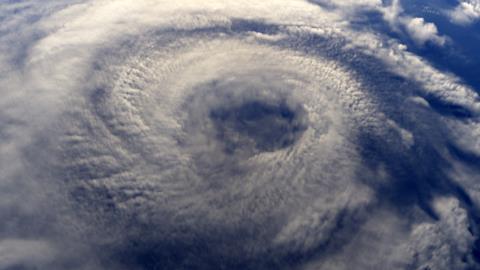Reinsurance broker Gallagher Re warns of eroded reinsurance budgets as hurricane season looms
Global insured losses from natural catastrophes reached $84bn in the first half of 2025, the highest first half total since 2011, driven overwhelmingly by events in the United States, according to Gallagher Re’s latest Natural Catastrophe and Climate Report.

The report shows that 92% of all H1 insured losses from weather and climate-related perils came from the US, where a record-breaking January wildfire season and an intense sequence of severe convective storms (SCS) dominated the loss picture.
Together, these events accounted for 87% of the global total, with California’s Palisades and Eaton fires alone causing $40bn of insured damage.
“This has still put us on a clear path to surpassing $100bn in insurance losses for the calendar year,” said Steve Bowen, chief science officer at Gallagher Re. “It is clear that this is a new market reality. The ‘psychological threshold’ question has now become: when will the insurance industry face its first $200bn nominal annual loss year?”
Despite the elevated loss figures, Gallagher Re noted that the impact on reinsurance pricing has so far been muted. The mid-year renewal season saw risk-adjusted rate reductions of 10–15% for property lines, including in Florida.
Analysts estimate that a single event exceeding $75bn would likely be needed to materially shift purchasing behaviour or pricing sentiment heading into 2026.
Gallagher Re reported that reinsurance capital remains strong at $769bn entering the year — a level considered sufficient to absorb $100bn-plus annual loss totals.
But the concentration of loss in the US has already consumed much of reinsurers’ catastrophe budgets for 2025, with peak hurricane season still ahead.
“Given the current reinsurance market capacity available, the industry remains healthy and in excellent position to handle more than USD100 billion of annual losses,” Bowen added. “But we should remain mindful that… all eyes are on the Atlantic hurricane season and otherwise staying prepared for an unexpected catastrophe event.”
Globally, there were 14 individual billion-dollar insured events in the first half of 2025 — 13 in the US and just one in the Asia-Pacific region — marking the smallest global first half tally since 2019.
Outside the US, the costliest event was the Myanmar earthquake, with estimated insured losses of $1.3bn from a $14bn economic loss. Insured losses in the rest of the world failed to exceed $10bn, the lowest non-US total since 2017.
The US also experienced its second-highest ever H1 total of EF3+ tornadoes and a surge in large hail claims. Gallagher Re attributed the growing severity of insured SCS losses to both climate-related and socioeconomic factors, including more high-value exposures in expanding urban areas and escalating repair costs.
The report also marked the 20th anniversary of the 2005 Atlantic hurricane season, using Hurricane Katrina’s $215bn in today’s dollars as a benchmark for modern catastrophe planning. It concluded that while forecasting has improved, vulnerabilities persist in key areas of the built environment and flood protection, particularly in inland areas.
Looking ahead, Colorado State University’s updated forecast for the 2025 Atlantic season — released in partnership with Gallagher — predicts 16 named storms, eight hurricanes and three major hurricanes.
ENSO-neutral conditions and elevated sea surface temperatures are expected to persist, heightening concerns as the third quarter — traditionally the costliest for global nat cat — begins.
“With the historical peak loss months in Q3 yet to come,” Bowen said, “the unpredictability of natural hazards requires strategic underwriting and portfolio management to limit the risk of surprises.”










No comments yet